- Home
- slideshows
- indiainsider
- Climate change as seen from outer space
Climate change as seen from outer space
The first image of the Earth — ever

The first image of Earth by NASA
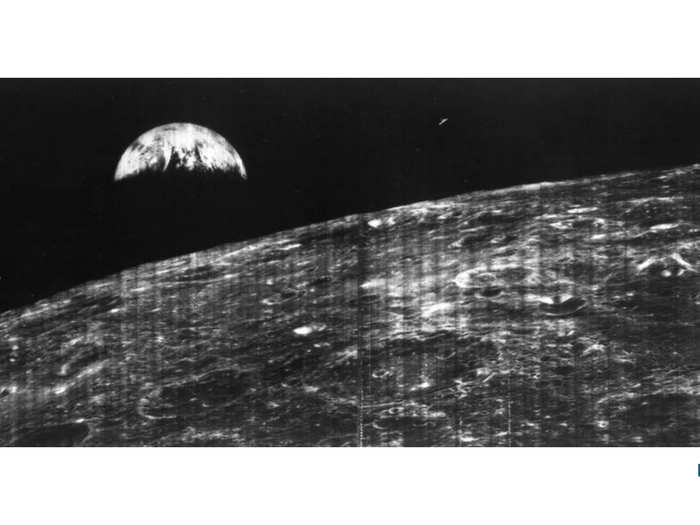
NASA’s first photo came about in 1966, and even then, it wasn’t the Blue Marble but a black and white photograph taken by the Lunar Orbiter 1.
The Blue Marble (and the Black Marble)
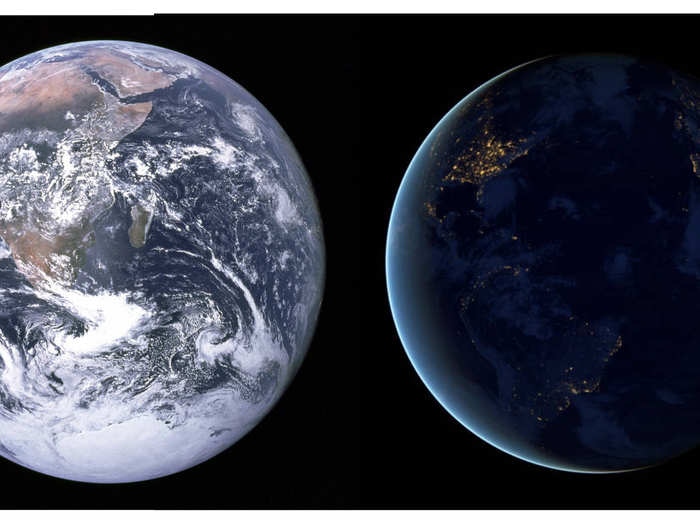
The Blue Marble, taken in 1972 aboard the Apollo 17, has since transformed into a symbol for the changes caused by climate change. As NASA’s imaging capabilities have improved, it has been able to record seasonal temperature variations and trends, changes in snow cover and vegetation using the ‘Blue Marble’ image.
And then there was Earthrise
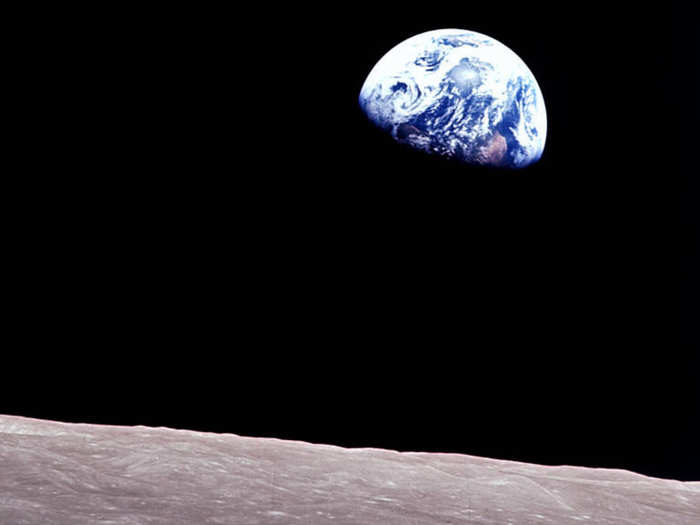
Another picture that highlighted the fragility of the Earth was ‘Earthrise’ taken by William Anders abroad the Apollo 8 in 1968. Being able to see the planet from a great distance for the first time, it was reported that most people realised how vulnerable Earth was and the finiteness of its resources.
Kerala’s ‘once-in-a-century’ flood
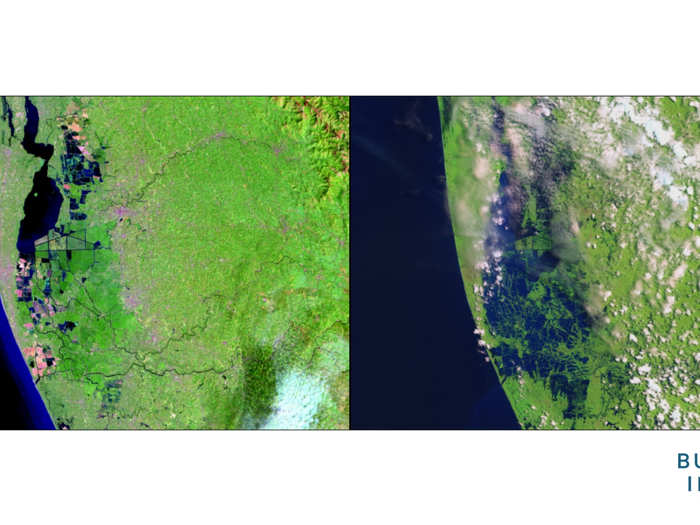
Over 800,000 people were displaced in June last year when monsoon rains caused mass flooding in the south Indian state of Kerala. Before and after pictures, comparing February 2018 to August 2018, of the flood affected areas show how several rivers had spilled over their banks and wiped out two national highways.
KJ Ramesh, the director of the Indian Meteorological Department, asserted that the floods were caused by climate change as witnessed by significant changes in extreme weather events.
California wild-fires
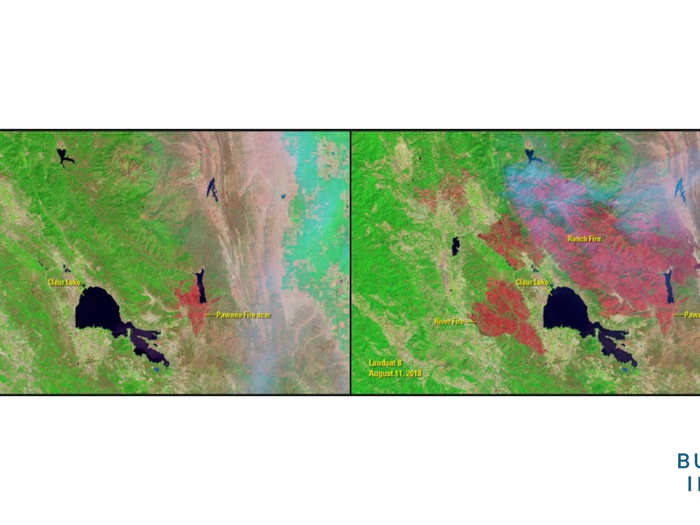
The largest wildfire since 1932 broke out in Northern California in August 2018. The Ranch and River fires, known cumulatively as the Mendocino Complex fire, were exacerbated by hot, dry and windy conditions that led to 459,000 acres of land burning down. The land now bears a red burn scar visible in the August image that wasn’t there in July.
This natural calamity was also made worse by climate change, according to scientists, as precipitation has been depleting over the years as the dry season is getting longer simultaneously.
Hurricane wipes away island
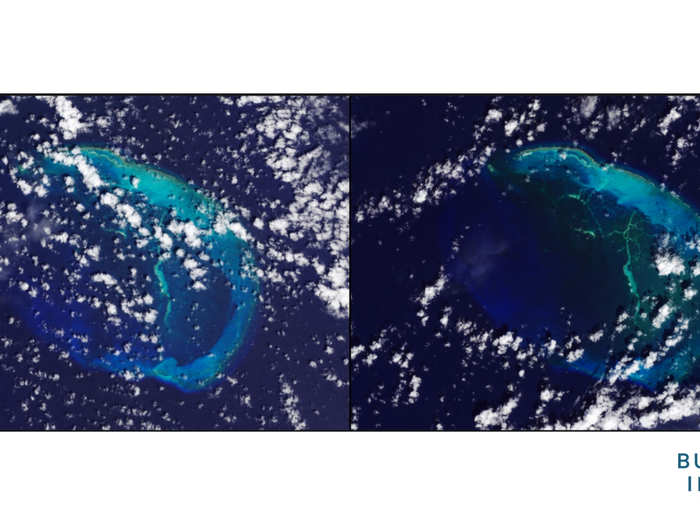
Hurricane Walaka, the second-strongest tropical cyclone in the Pacific — alongside Hurricane Gilma in 1994 — washed away most of East Island, one of the Northwestern Hawaiin islands, in October last year.
It may not be the biggest island as an 11-acre strip of sand, but it was one of the most significant coral reef systems in the area. It was also the nesting ground for the threatened species of Hawaiin green turtles and endangered monk seals.
It's unclear if the island will reappear, and scientists expect future hurricanes to be stronger and wetter due to climate change.
The heat wave in Europe made it go brown
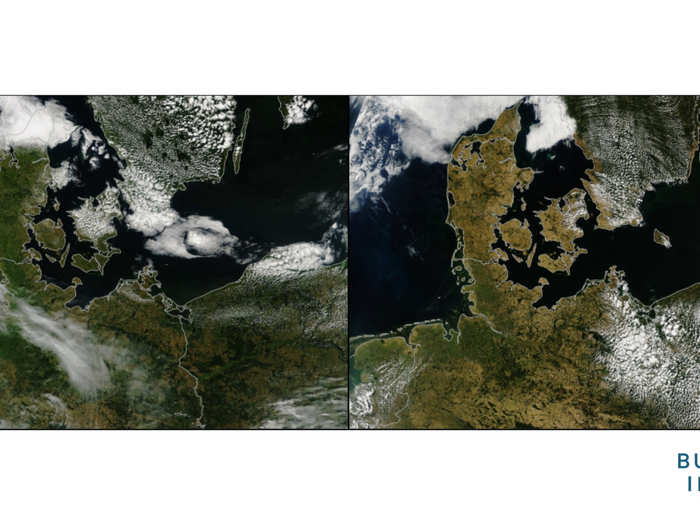
The heat wave in the summer of 2018 was so intense that it literally changed the color of Europe. Compared to 2017 — Denmark, Sweden, the Netherlands, Germany and Poland — are less green a year later.
A postdoctoral researcher at NASA’s Jet Propulsion Lab, Peter Gibson, analysed that there’s been a warning trend over the past few decades and that extreme heat waves are only going to become more common.
Sea ice is at record lows
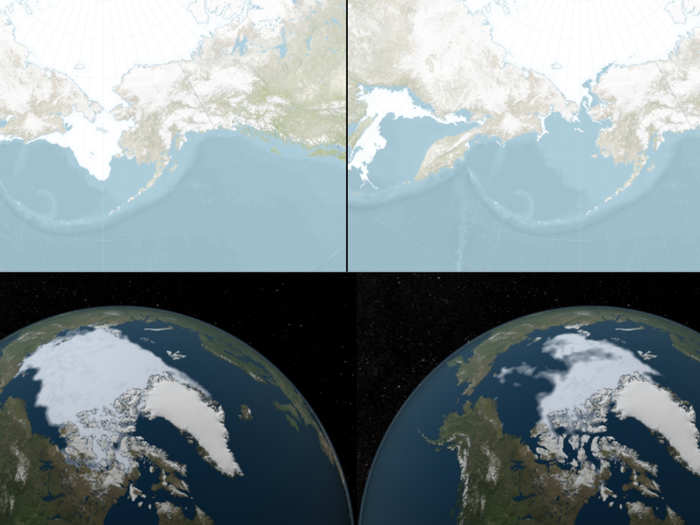
The ice cover on the Bering Sea is only at 10% of its normal levels this year. This, in turn, affects the entire ecosystem from the phytoplankton to the planet’s overall warming.
And rapid depletion of the sea ice on the Arctic Ocean could signal a dangerous downward trend. NASA’s scientists, Joey Comiso, states, "At the rate we’re observing this decline, it’s very likely that the Arctic’s summer sea ice will completely disappear within this century."
Urban sprawls
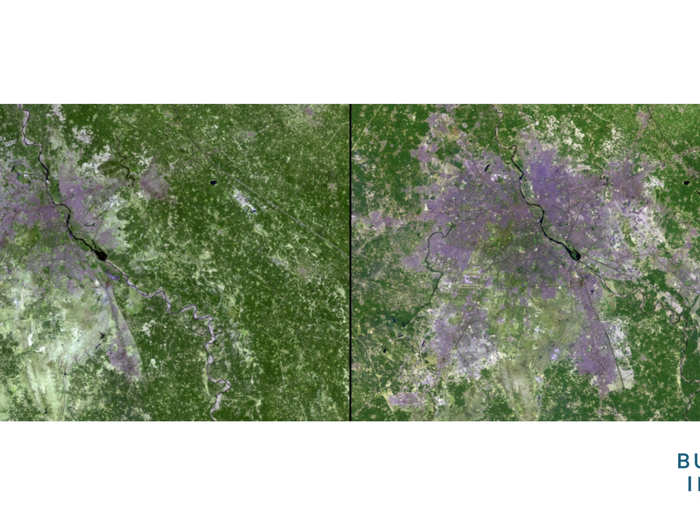
These pictures of India’s capital city, New Delhi, show urbanisation also eats away at an area’s natural capital.
The rapid rate of urbanisation in the city has been pegged to New Delhi’s rising heat stress, increasing air pollution levels as well as polluting and depreciating its water bodies.READ MORE ARTICLES ON
Popular Right Now
Popular Keywords
Advertisement